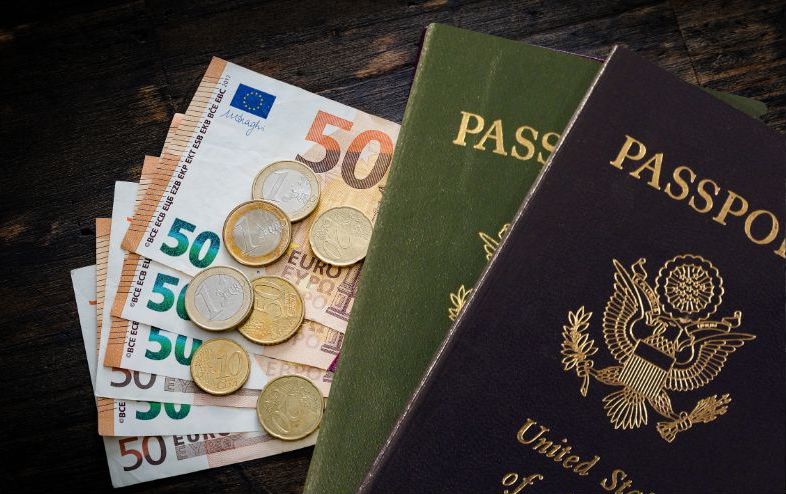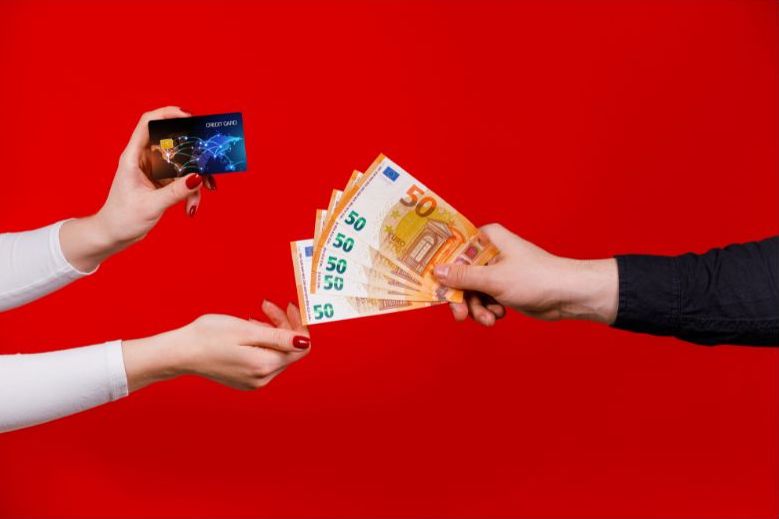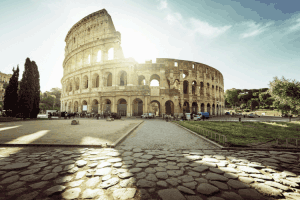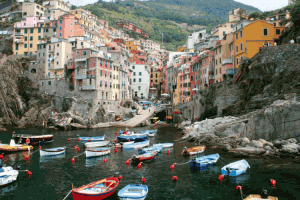Whether you are traveling to a destination for leisure or business purposes, money is an essential aspect of planning the trip. As per the country, it is important to understand their local currency rates, attitude towards different forms of payment, and ways of currency exchange. Italy is a country of art and heritage, playing a major role in the global economy. The official Italy currency is the Euro (€), one of the strongest currencies in the world. Let’s find out more about Euro.
Official Italy Currency: Euro
Italy’s official currency is the Euro, which is symbolized as € and abbreviated as EUR. The Euro is the general currency of 20 of the 27 European Union (EU) member countries, which are known as the Eurozone. It is the second most traded currency in the world, following the US Dollar. For travelers applying for an Italy visa from Dubai, understanding the importance of the Euro is crucial as it serves as a powerful symbol of European unity and economic strength.
Other European and non-European countries that use Italy Euro are as follows:
| Austria | Netherlands |
| Belgium | Portugal |
| Cyprus | Slovakia |
| Estonia | Slovenia |
| Finland | Spain |
| France | Croatia |
| Germany | Andorra |
| Greece | Kosovo |
| Ireland | Monaco |
| Latvia | Montenegro |
| Lithuania | San Marino |
| Luxembourg | Vatican City |
| Malta |
Italy Currency Symbol
The symbol of Italy currency is €, representing the Euro (EUR). Before the Euro, Italy used the lira (ITL) as its national currency. The lira’s symbol was “₤,” which had been used for centuries.
History of Italy Currency
Before adopting the Euro, Italy used the Italian Lira (₤ or ITL) as its official currency between 1861 and 2002. The term was derived from ‘libra’, the largest unit of the Carolingian monetary system ( a currency structure undertaken for reform and dominated a large part of Europe in the 8th century). This system was the brainchild behind the French livre tournois, the Italian lira, and the pound unit of sterling and relevant currencies.
In 1999, the lira became a subunit, and the Euro was introduced as an electronic currency for banking and financial transactions. However, it was on January 1, 2002, Euro banknotes and coins were officially introduced in physical form, and the use of the Lira ceased by February 28, 2002. Italy was one of the first countries to begin the use of Euro.
The exchange rate was fixed at 1 Euro = 1,936.27 Lira.
Denominations of Italy Currency
The most commonly found Italy Euro banknotes are 5, 10, 20, 50, and 100. There are also 200 and 500 notes that are rarely used. Italy Euro has 1 and 2 coins. Euro is divided into cents; the coins are 1, 2, 5, 10, 20 and 50.
How do these Italian Euro notes and coins look?

Euro banknotes are standardized across the Eurozone — this means the design is the same in all countries that use the Euro. Each note is color-coded and features architectural styles from different periods of European history. The coins, however, have a unique aspect: the common side of these coins shows a map of Europe with the denomination i.e, value of the coin, while the national side is different as per the country displsying their famous landmarks, national symbols, or notable individuals.
€1 and €2 coins feature a map of Europe and are bimetallic (two different metals used in their construction). Again, each country’s national side of the coin is unique, often displaying important cultural symbols or figures. They show iconic Italian symbols, such as the Colosseum, the Vitruvian Man by Leonardo da Vinci, and the Mole Antonelliana. The €2 coin also has an inscription around the edge.
Italy Currency Rates
Some of the most asked Italy currency rates are:
- Italy Currency to INR: 1 Euro = 93.78 INR
- Italy Currency to USD: 1 Euro = 1.12 USD
- Italy Currency to Naira: 1 Euro = 1777.17 NGN
- Italy Currency to AED: 1 Euro = 4.10 Dirham
- Italy Currency to PKR: 1 Euro = 311.29 PKR
Practical Tips for Using Currency in Italy
How to use ATMs in Italy?
- There is a charge rate when withdrawing money from ATMs. It is advisable to pay in Italy currency. At ATMs, you might get the option to pay in your own currency, but that could charge extra. So, always prefer to pay in the local currency to get the best rates.
- Use ATMs located inside banks or in well-maintained, populated areas to reduce the risk of theft.
Currency Exchange

- It might seem convenient to exchange currency at airports or hotels. However, be aware that there could be hidden charges. Enquire about this beforehand to avoid unexpected expenses. It’s better to exchange a small amount and look for better rates in the city.
- You can also contact the banks as they offer better rates than the airport, but they may charge a commission.
- Alternatively, you can visit specialized exchange offices that offer exceptional deals, especially in tourist areas.
Payment through Cards
- At several places in urban Italy, you can make the payment by credit or debit card. Visa and Mastercard are the most commonly used, while American Express is less in demand.
- If you venture towards the countryside or in remote areas, check if the card payment applies.
- You may be asked if you want to pay in your home currency or Euros when using your card. Always choose Euros to avoid unfavorable conversion rates.
Tipping
- Tipping is a not-so-mandatory act in Italy. It can be done in cash. A small tip (5-10%) is appreciated in restaurants, but it’s not customary.
- Taxis and hotel staff may also appreciate a small tip, but again, it’s not obligatory.
Economic Impact of Euro in Italy
As the Euro was adopted in Italy, it brought stability to the economy and convenience in trade. The Euro eliminated exchange rate risk within the Eurozone, making it easier and cheaper for Italian businesses to trade with other European countries. For Italians traveling abroad and tourists visiting Italy, the Euro simplified currency exchanges and reduced costs. However, Italy no longer controls its own monetary policy as the ECB sets its interest rates.
What does Italy prefer: cash or a card?
Despite the rise of digital payments, cash remains king in Italy, distinctly among older generations. The use of cash is often associated with traditional values of financial management. This cultural preference for cash is also reflected in the daily practices of small businesses, family-run shops, and local markets.
FAQs About Italy Currency
What is the Euro?
What is Italy's currency rate in Dubai?
How much is 1 Euro to 1 INR?
How much is 1 Euro in Italy today?
What is the 1000 Italy Currency Rate in India?
Do I use the Lira or Euro in Italy?
How much is $100 US in Italy?
Conclusion
Italy currency has been a solid trademark of European economic glory. The transition from the lira to the euro marked a significant milestone in its economic history. So, learn about the Italy currency latest rates, tips and tricks that will help you plan your trip with financial understanding.






